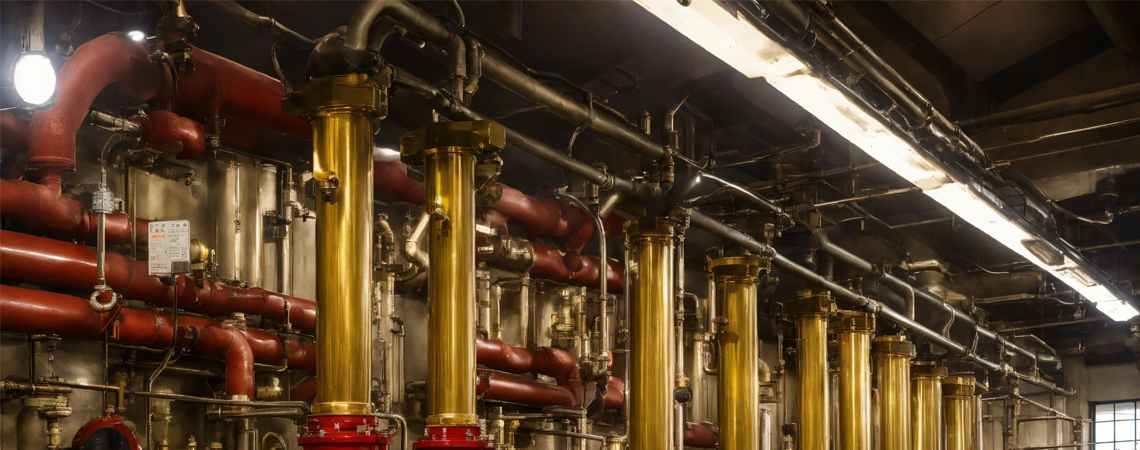What is the Purpose of a Bump Test for a Gas Detector?
Published on: 2024-08-09 Views: 528

Bump testing is a critical procedure to ensure that gas detectors are functioning properly, which is essential to maintaining safety in environments where toxic or flammable gases are present.
The primary purpose of a bump test is to verify that a gas detector is able to react to the presence of the target gas, indicating that its sensor and alarm system are functioning properly. By performing this test regularly, users can confirm that the gas detector is operating as expected and effectively detecting dangerous gas levels.
Bump testing can also help identify any potential issues with the device's sensors or calibration. If the detector fails to react appropriately to the test gas, it may indicate that the calibration is faulty or drifting and requires attention. This proactive approach is critical because relying on a faulty gas detector can pose a serious safety risk. Regular bump testing helps maintain the reliability of the detector, ensuring that it provides accurate readings and timely warnings in critical situations.
In addition, bump testing can serve as a preventative measure to avoid safety incidents and compliance issues. Many industry standards and regulations require regular testing of gas detectors to meet safety and operational guidelines. By complying with these requirements and performing bump testing regularly, organizations can not only protect their personnel, but also demonstrate compliance with safety protocols and regulatory obligations. This practice is an essential component of a comprehensive safety management program designed to minimize the risk of exposure to hazardous gases.
